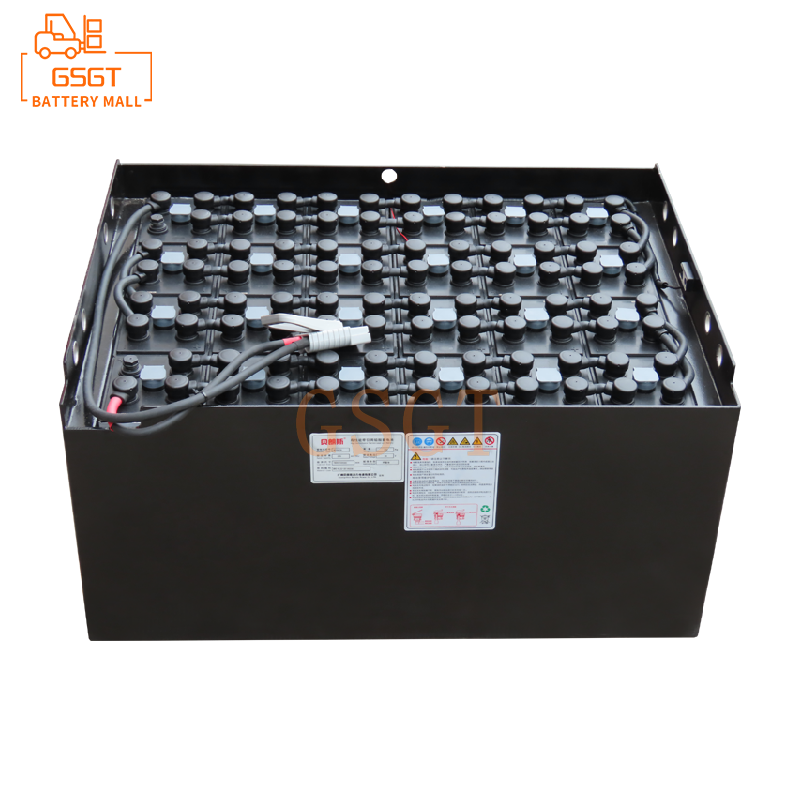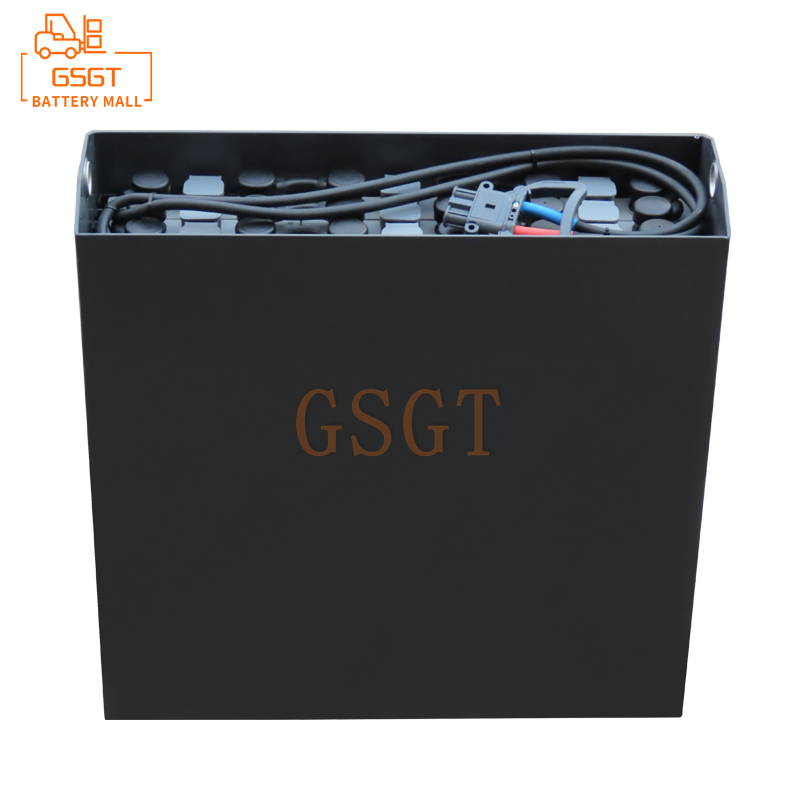Time:2025-08-01 16:25:55
Browse:612
In the logistics process of industrial production, forklifts, as important handling equipment, their stable operation is directly related to production efficiency. Lead-acid batteries, as the power source of forklifts, once a power outage occurs, will not only cause the forklift to suddenly stop, affecting the operation progress, but also may lead to safety hazards. Therefore, mastering the emergency handling methods for power failure of lead-acid batteries in forklifts and taking preventive measures are of vital importance to the normal production and operation of enterprises.
Emergency handling steps for power failure of forklift lead-acid batteries
When the lead-acid battery of a forklift suddenly loses power, do not panic. Follow the steps below for emergency handling to minimize losses and ensure safety to the greatest extent.
First of all, ensure on-site safety. Immediately park the forklift in a flat, solid and unobstructed area, apply the handbrake and turn off the main power switch of the forklift to prevent accidental movement of the forklift from causing a collision accident. If the forklift is in a dangerous position such as a slope, wooden blocks should be placed under the wheels to further stabilize the vehicle. At the same time, warning signs should be set up to remind people around to be cautious and avoid irrelevant personnel approaching for operation.
Secondly, check the cause of the power outage. First, check the appearance of the battery to see if there is any leakage, bulging, or damage to the casing. If these phenomena exist, it may be that the battery itself has suffered severe damage. At this time, it is necessary to avoid attempting to start it again to prevent the leakage of electrolyte from corroding the equipment or injuring personnel. Next, check the terminals of the battery to see if they are loose, oxidized or fallen off. Loose or oxidized terminals can cause poor contact, leading to power outages. In such cases, you can use sandpaper to grind the terminals, remove the oxide layer, and then re-tighten the wiring to try restoring power. In addition, check the battery's power indicator. If the indicator shows that the battery is completely drained, it might be due to insufficient charging previously or a power outage caused by a decrease in battery capacity.
Finally, take corresponding measures according to different reasons. If the power outage is caused by wiring issues, restart the forklift after handling it. Only resume operation after confirming that the power supply is normal, but closely monitor the battery status during subsequent work. If the battery power is exhausted and there is a backup charger on site, the battery can be temporarily charged first. After the power has recovered to a certain extent, the forklift can be driven to the designated charging area for a full charge. If there is no spare charger, contact a professional to replace it with a spare battery to ensure that the operation can continue.
Preventive measures for power failure of forklift lead-acid batteries
Taking preventive measures can effectively reduce the probability of power failure of lead-acid batteries in forklifts and ensure their normal operation.
The first is to regularly inspect and maintain the battery. Formulate a detailed inspection plan and check the battery terminals once a week to ensure they are firmly connected and free of oxidation. Check the electrolyte level of the battery once a month. If the level is lower than the standard mark, add distilled water in time (do not add tap water or electrolyte) to keep the level within the specified range. Conduct a comprehensive inspection of the battery every quarter, including parameters such as voltage and capacity, to promptly identify aged or performance-declining batteries and replace them.
The second is to standardize charging operations. Use a charger that matches the battery and charge it as per the instructions in the manual to avoid overcharging or undercharging. When charging, make sure the charging environment is well-ventilated, away from fire sources and heat sources to prevent explosion or fire accidents. When the battery power drops to 20%-30%, it should be stopped from use immediately and recharged. Do not wait until the power is completely drained before recharging, as this may affect the battery's service life and performance. In addition, after charging is completed, the connection between the charger and the battery should be disconnected in a timely manner to avoid battery damage caused by prolonged connection.
The third is to use forklifts reasonably. Avoid operating forklifts under overload conditions, as overloading will cause excessive discharge current of the battery, accelerate the battery's power consumption, and also shorten the battery's service life. During driving, try to avoid frequent sudden acceleration, deceleration and braking to reduce the instantaneous large current discharge of the battery, thereby extending the battery's service life. In addition, in low-temperature environments, the performance of the battery will be affected to a certain extent. At this time, the frequency of using the forklift should be reduced. If it is necessary to use it, the battery can be preheated before use to improve its performance.
Frequently Asked Questions
Question: If the lead-acid battery of a forklift suddenly loses power during use and the power is restored after reconnecting the terminals, is further processing still required?
Answer: Yes. Although the power supply was restored after reconnecting the terminals, this indicates that there was a problem of loosening or oxidation at the terminals. The terminals should be sanded in time with sandpaper to remove the oxide layer, and then the connection should be re-tightened to ensure a firm connection. At the same time, a comprehensive inspection of the battery should be carried out to check for any other potential problems and prevent the recurrence of power outages.
Question: Why can't tap water be used instead of distilled water to be added to the battery?
Answer: Tap water contains various minerals and impurities. When added to the battery, these minerals and impurities will deposit on the battery plates, forming sulfate crystals, which affect the chemical reactions of the battery and reduce its capacity and performance. Distilled water is treated pure water that does not contain these impurities and can ensure the normal operation of the battery. Therefore, distilled water must be added to the battery.
Through the above emergency response methods, preventive measures and answers to common questions, enterprises can effectively deal with the situation of power failure of lead-acid batteries in forklifts, ensure the stable operation of forklifts, improve production efficiency and reduce safety hazards.

$3050

$5710

$1690

$1200

MESSAGE
Professional And Efficient
Security
Affordable Price
Professional Services